Search
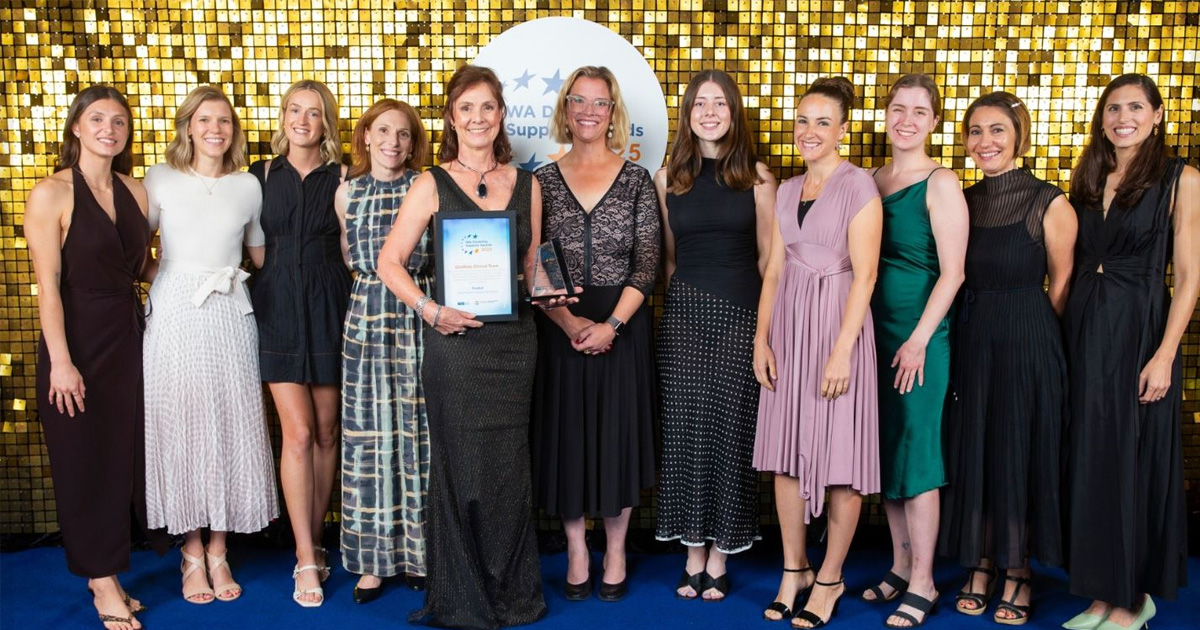
News & Events
The Kids’ clinical autism service wins WA disability awardCliniKids has won the Allied Health Professionals category at the Western Australian Disability Support Awards, announced at Crown Perth on the weekend.
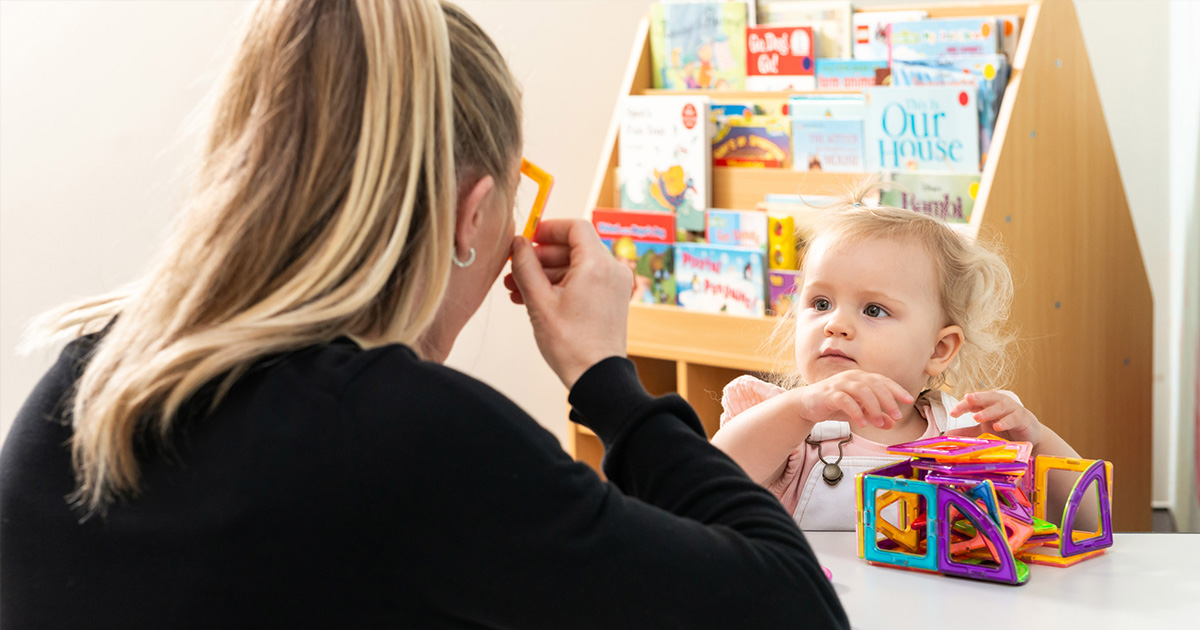
News & Events
World Autism Day: Championing inclusion through research, resources, and supportToday, on World Autism Day, we embrace the theme Celebrating Differences, recognising the unique strengths, perspectives, and contributions of autistic individuals.

News & Events
The Kids welcomes support for autistic studentsThe Kids Research Institute Australia has welcomed the recommendations to come out of the State Government’s inquiry into support for autistic children and young people in schools, released last week.


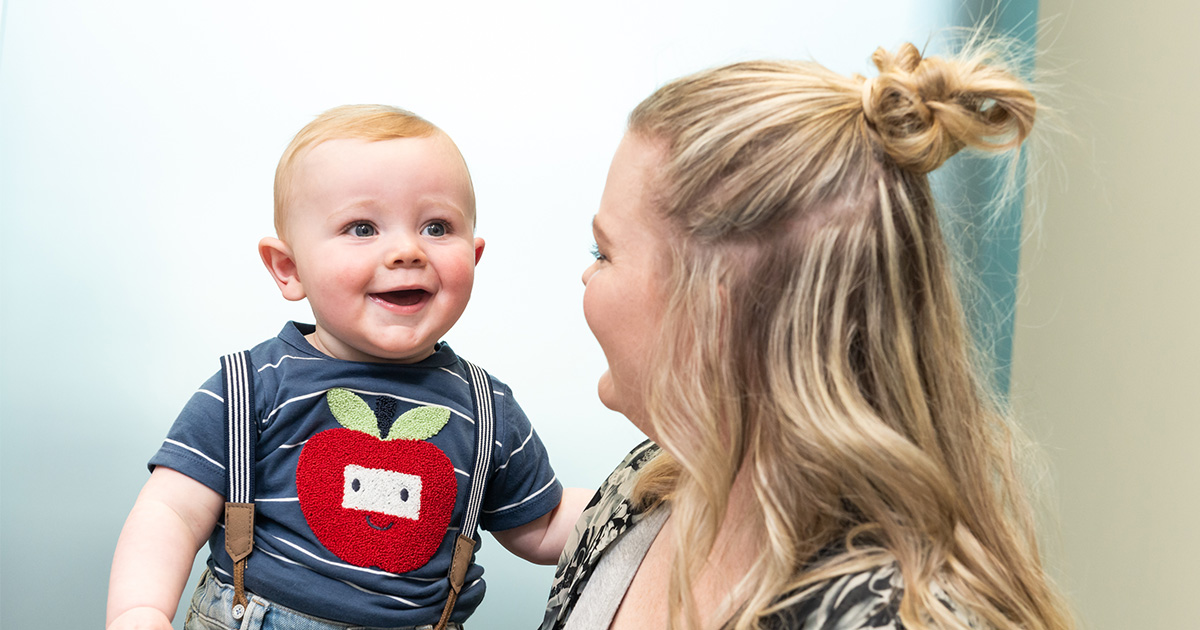
Inklings is a program to support babies aged 6-18 months showing early differences in their social interaction and communication development.

Functional capacity assessments help families and the NDIS ensure that children receive the right level of support, resources, and funding to achieve their goals.
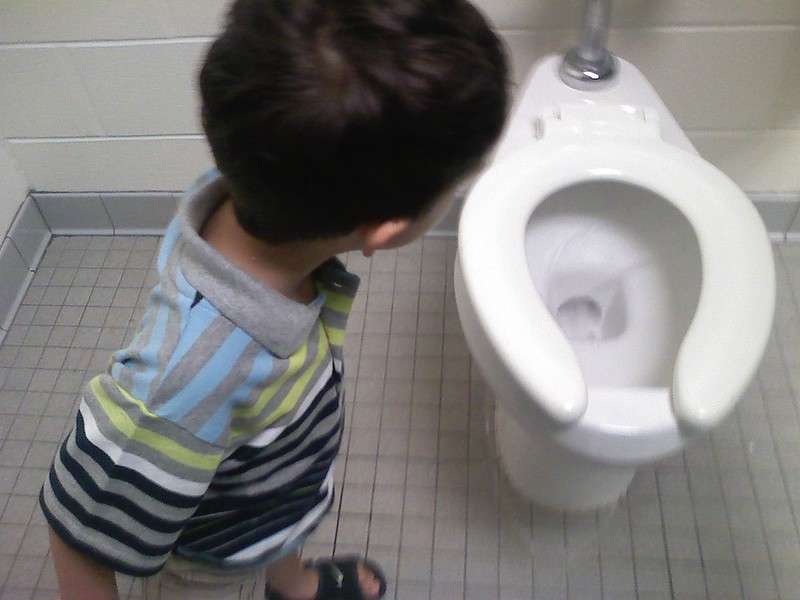
News & Events
Healthy and happy toiletingIn this blog, Occupational Therapist Ally Raphael offers tips for successful toilet training.

News & Events
Serve and return interactionsIn this blog, Speech Pathology Clinical Lead Aria May discusses serve and return interactions to promote connection and communication with your child.
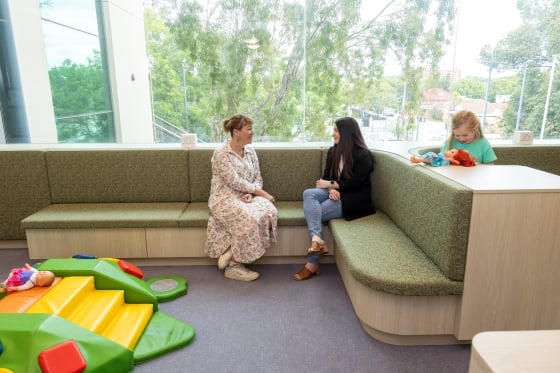
News & Events
Neuro-affirming waiting roomsIn this blog, Occupational Therapy Clinical Lead Marie Rodatz discusses the elements needed to create a neuro-affirming environment that supports neurodiverse individuals.
